|
|
|
|
|
|
|
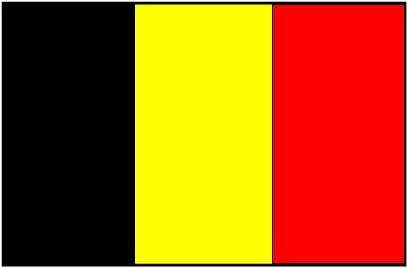 Belgium
|
Canon de 5.7 cm Maxim Nordenfelt M 1888 |
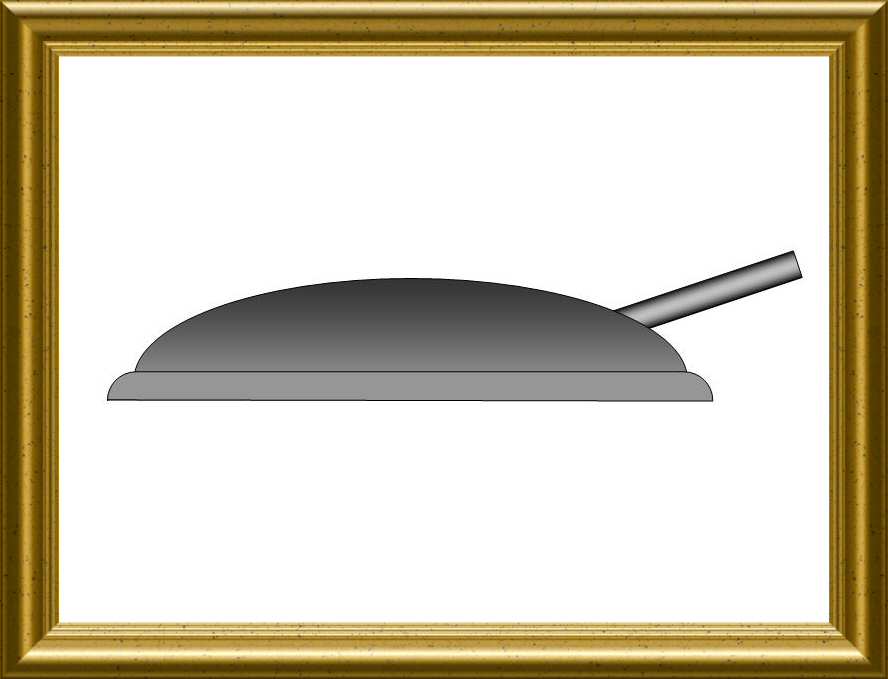 Fortress artillery
|
|
|
Contributor :
|
Location :
France
Mars la Tour (54)
Musée
Coordinates :
Lat : 49.09850 / Long : 5.88650
|
General comments on this surviving gun :
Identical items in the same location :
1
Items covered by this file :
1
|
|
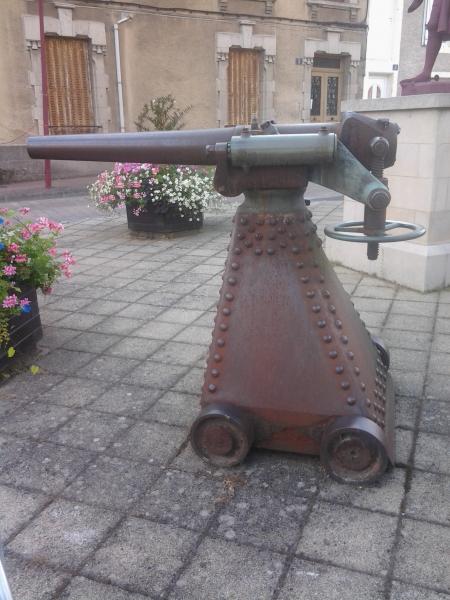
|
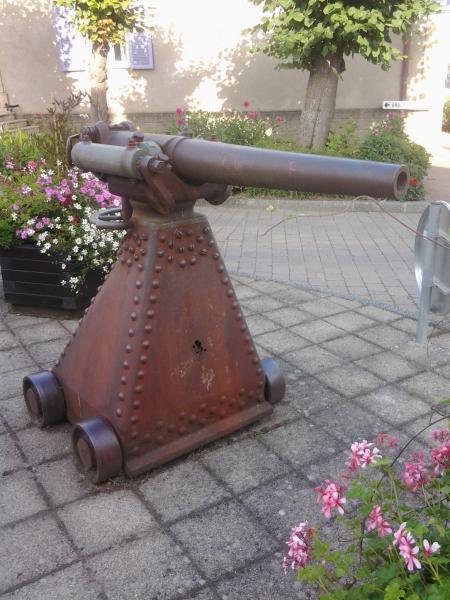
|
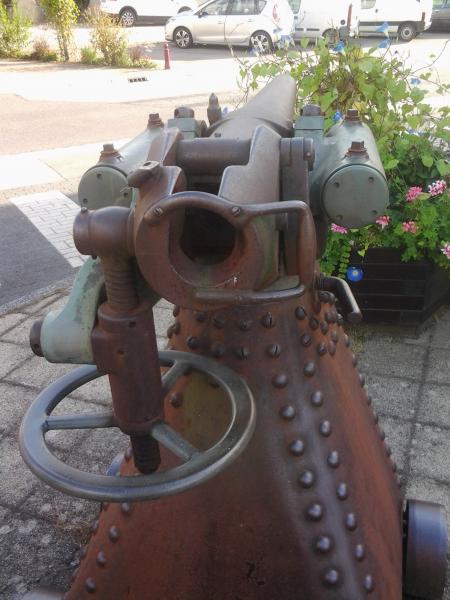
|
Although this museum is dedicated to the 1870 France-Prussia war, this gun participated to the WW1 fights, most probably captured by Germans in the Belgian forts in 1914 then used as is in the trenches war
|
Some battle wounds on the pivot mount
|
Rear view with the recoil recuperation brakes. Breech markings : 'MAXIM-NORDENFELT - Nr 5525 - SPDDAP (?) '.
|
|
|
Historic and technical information
|
|
Denomination :
5c7 M 1888
|
Origin :
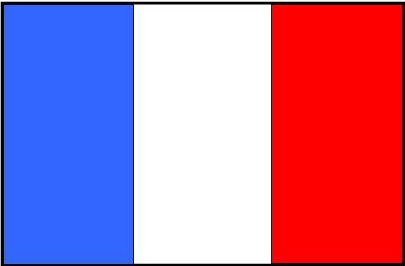 (
Nordenfelt)
(
Nordenfelt)
 (
Cockerill )
(
Cockerill )
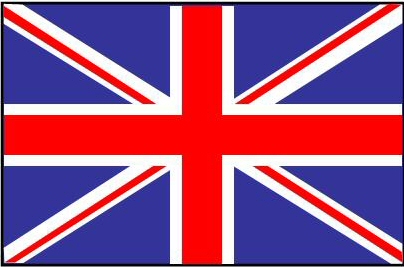 (
Maxim )
(
Maxim )
|
|
Historic context :
In 1888, the British Nordenfelt company, established in France, proposed a small calibre quick firing gun directly inherited from the revolver gun concept. Belgium quickly showed its interest in it for the close defence of its new forts being built by the Général Brialmont. 185 of these guns were therefore built and incorporated in different roles and versions such as :
- flanking gun on pivot in blockhouse for the close defense of the forts ditches,
- retractable steel turrets ('GrusonWerk' or 'Marcinelle et Couillet') for 1 single barrel, located in the modern forts central massif for their close-range defense,
- shielded mobile gun for accompaining the infantry defending the forts in the intervals or on their superstructure,
- or even mounted on river boats or sea ships for their defence.
The Belgian '57 mm Nordenfelt' used to fire 2 types of ammunitions :
- a 2.7 kg shell with a range up to 2700 m against targets such as assault ships and pontoons
- a grape shot shell projecting 196 lead balls, and efficient against infantry up to a range of 300 m.
The Belgian Nordenfelt were often built under license, and tehy were often named with the brand 'Cockerill-Nordenfelt', or 'Maxim-Nordefelt'.
This polyvalent weapon also armed fishing ships during WW1. It was largely used by Germans who captured numerous such guns in Belgium fortresses and renamed them 'belg 5,7cm K' to use them as infantry guns under shielded cuppola or on pivot, in naval defence and later in their famous giant tanks 'A7V'.
|
Technical data :
- Complete description : 5.7 cm gun Maxim Nordenfelt M 1888
- Design year : 1888
- Calibre : 57.00 mm
- Weight in firing position : 400 kg on pivot - 34 tons with cupola - 193 kg tube only
- Weight for transportation :
- Tube length in calibres : 26.30 (1504 mm)
- Grooves : 24 progressive angle
- Projectile weight : 2.7 kg (obus) - 3.6 kg (boîte à mitraille)
- Initial speed : 401 m/s
- Fire rate : 20 to 25 rounds per minute
- Range : 2700 m (shell) - 300 m (canister)
- Elevation range : -17 / +13 degrees (pivot base) - -8 / +10 degrees (turret)
- Direction range : 360 degrees (turret)
|
Sources
|
-
Atlas Belgische Versterkingen te Antwerpen, Luik en Namen (1859-1914) Robert Gils Uitgeverij De Krijger 2001
-
The Forts of the Meuse in World War 1 - Fortress Claytonl Donnel H Johnson L Ray Osprey Publishing 2007
-
Vesting - Vestingartillerie Robert Gils Simon Stevin Vlaams Vestingbouwkundig Centrum 2010
-
Loncin, le fort héroïque Fernand Moxhet Fernand Gérard Front de Sauvegarde du Fort de Loncin - Fernand Moxhet Editeur 2014
-
Wikipedia http://fr.wikipedia.org/
|
|




